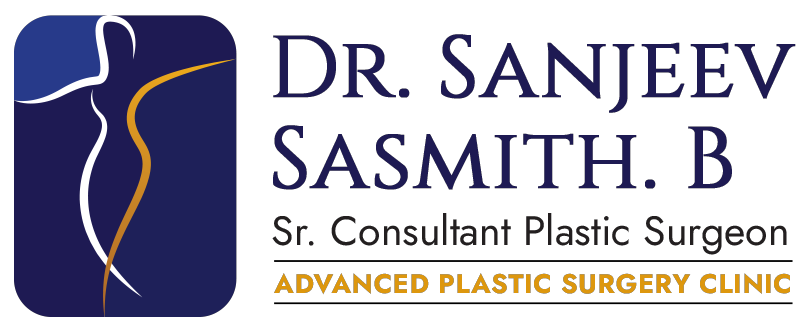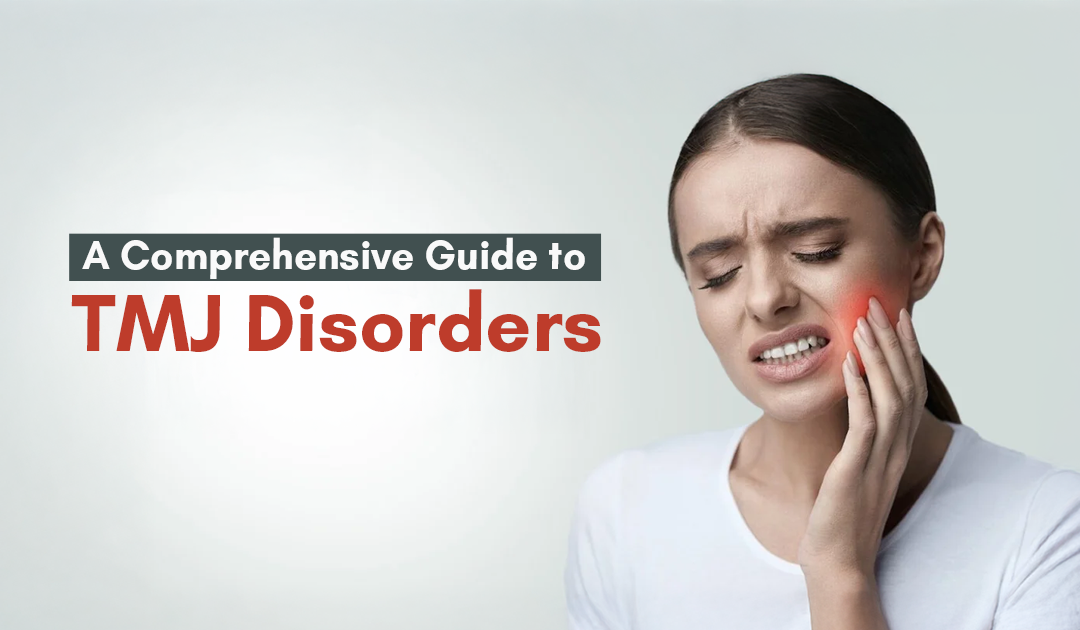If you’re wondering what the sliding hinge-like structure in your jaw is, it is the temporomandibular jaw or TMJ. In simple terms, it is the connection between your jawbone and your skull. TMJ disorders are characterized by pain in the region of the jaw joint and the muscles controlling the movement of the joint. It is difficult to ascertain the exact cause of why TMJ occurs. The possibilities may include clenching of teeth, chewing gum, and biting nails. The disorders may also be caused by comorbidities such as fibromyalgia, osteoarthritis, and injury in the jaw. In some cases, bruxism, which is the act of clenching or grinding your teeth, may also cause TMJ disorders.
Mostly, the person may experience the ache and discomfort of Temporomandibular Joint Disorders (TMJ) for a limited period. With treatments such as home care, and physical therapy for the jaw and mouth guard, one may manage their symptoms and get rid of the pain sooner. Surgery is also recommended if conservative treatments fail to help the patient.
What Causes TMJ Disorders?
Essentially, the temporomandibular joint is a mixture of hinge action and sliding motions. The cartilage covers the different parts of bones working in the joint and has a tiny shock-absorbing disk between them. TMJ may occur due to the following factors:
- The cushion-like disc in your jaw joint may sometimes move out or wear down, which may result in pain and cause difficulty in moving your jaw properly.
- Injuries such as sprains or strains to the ligaments and soft tissues near the temporomandibular joint may lead to issues with TMJ.
- Arthritis can erode the cartilage in your jaw joint, resulting in pain, stiffness, and problems moving your jaw.
- If you face a direct hit or impact to your jaw, it may damage the joint and contribute to TMJ problems.
- Tensions or spasms in the muscles near your jaw may also cause pain and discomfort in TMJ disorders.
- In several cases, TMJ disorders may result from a combination of these factors, making it difficult to ascertain a single cause.
What are the Risk Factors of TMJ Disorders?
Several factors may contribute to the risk of getting TMJ disorders. They consist of:
- Various forms of arthritis, including rheumatoid arthritis and osteoarthritis.
- Injury to the jaw.
- Habits like chewing gum, biting nails, and grinding or clenching teeth (Bruxism)
- Certain diseases that affect connective tissues.
- Stress, PTSD, anxiety, or depression.
- Conditions like fibromyalgia, ankylosing spondylitis, and sleep issues.
- Smoking.
What are the Symptoms of Temporomandibular Joint Disorder?
Symptoms of TMJ disorders may consist of:
- Discomfort or tenderness in the jaw.
- Discomfort in one or both temporomandibular joints.
- Dull pain in and around the ear.
- Difficulty chewing or pain during chewing.
- Dull facial pain.
- Locking of the joint, causing difficulty in opening or closing your mouth.
- Headaches.
- Pain in the neck.
- Pain in the eye.
- Tooth pain that arises with jaw tenderness.
TMJ disorders may also lead to a clicking sound or grating feeling when you open your mouth or chew. However, if there is no pain or restriction of movement associated with your jaw clicking, it is possible that treatment will not be necessary.
How Can Reconstructive Surgery Help in TMJ Disorders?
Below are three suggestions on how reconstructive surgery can help in managing the pain and discomfort caused by TMJ disorder:
- Jaw Realignment: One of the biggest perks of reconstructive surgery is that it may assist in getting your jaw back in the same line. This further causes a reduction in pain and discomfort, making it easier for you to chew your foods and communicate without any issues.
- Helps you Regain Confidence: Apart from the functional benefits, reconstructive surgery can enhance how you look. It provides you with a more balanced jawline, which may give you that confidence boost you’ve been looking for, making you feel great in your skin.
- Multimodal Approach: In most cases, this surgery is only one part of the entire scheme of recovery. It may also use techniques such as physical therapy or braces, yielding you a comprehensive plan to take care of your TMJ issues.
It is important to discuss with your surgeon the risks and benefits of getting reconstructive surgery done for your TMJ disorder. Book an appointment today to feel better.

